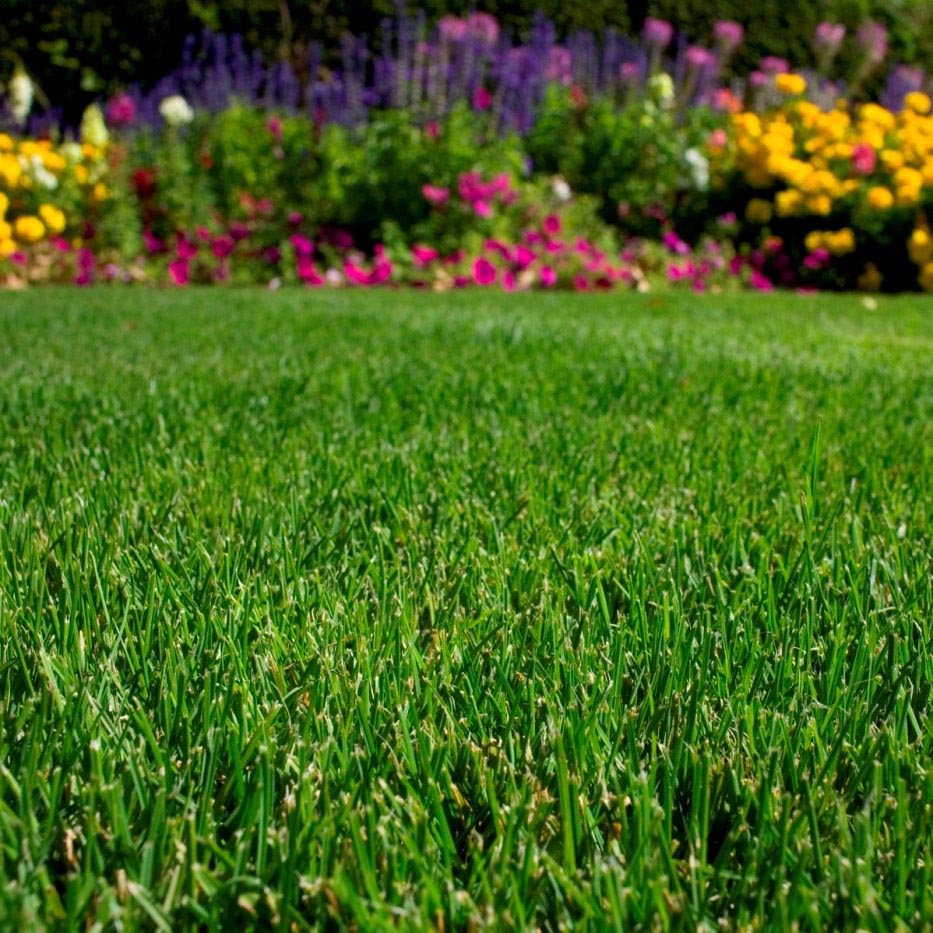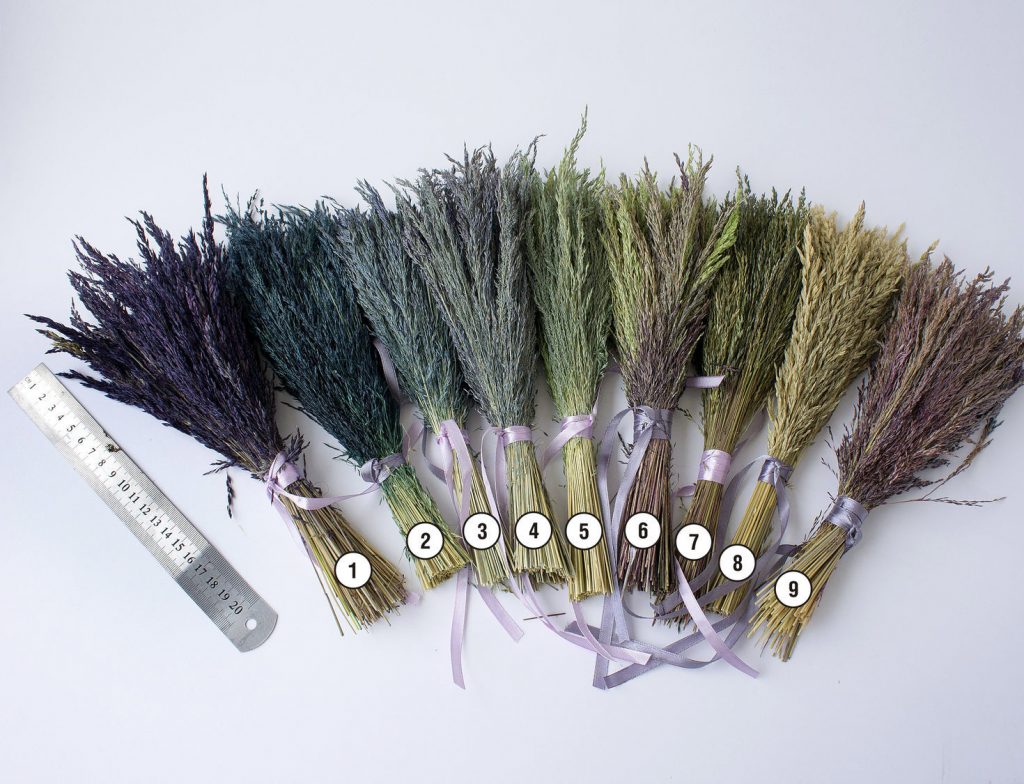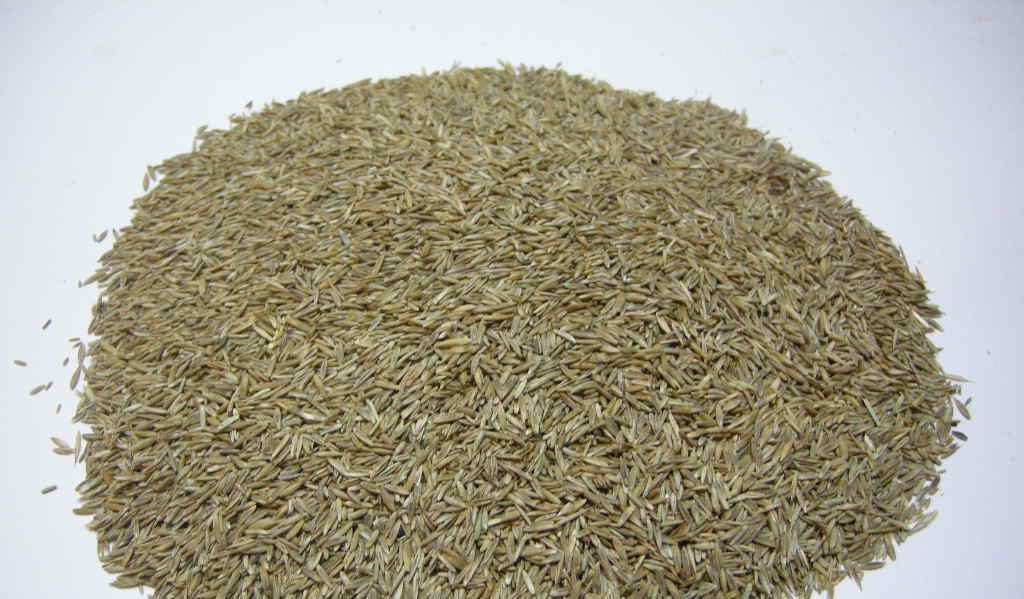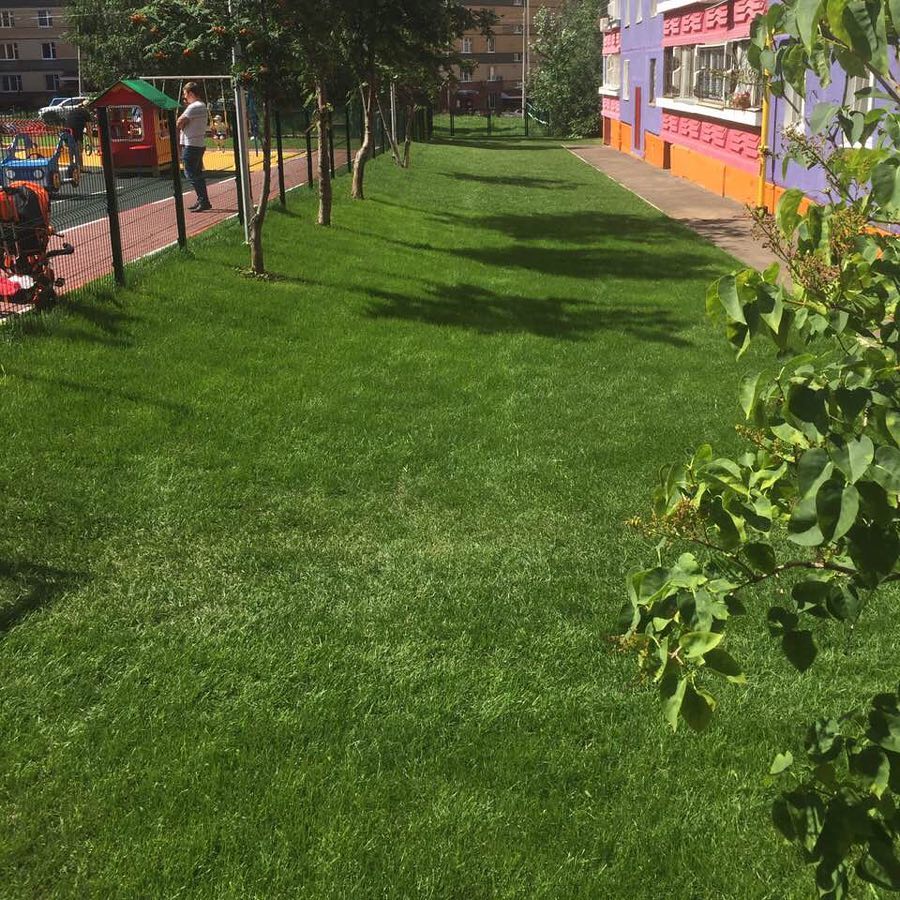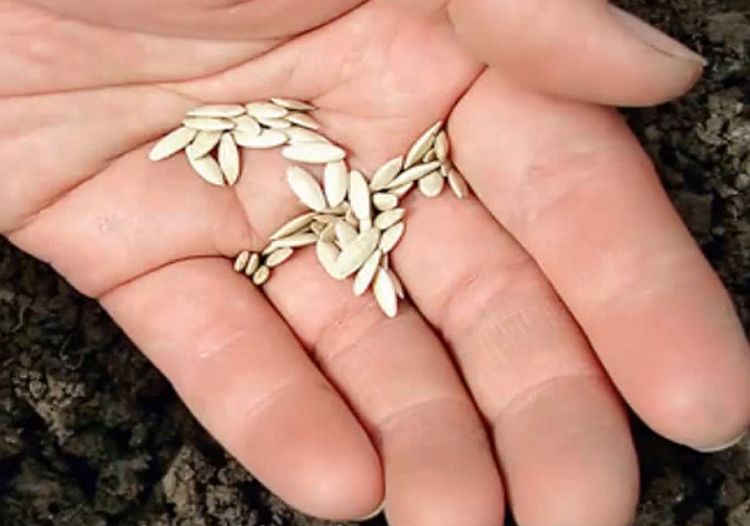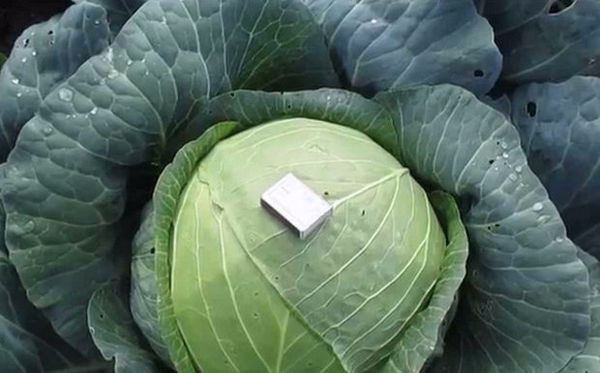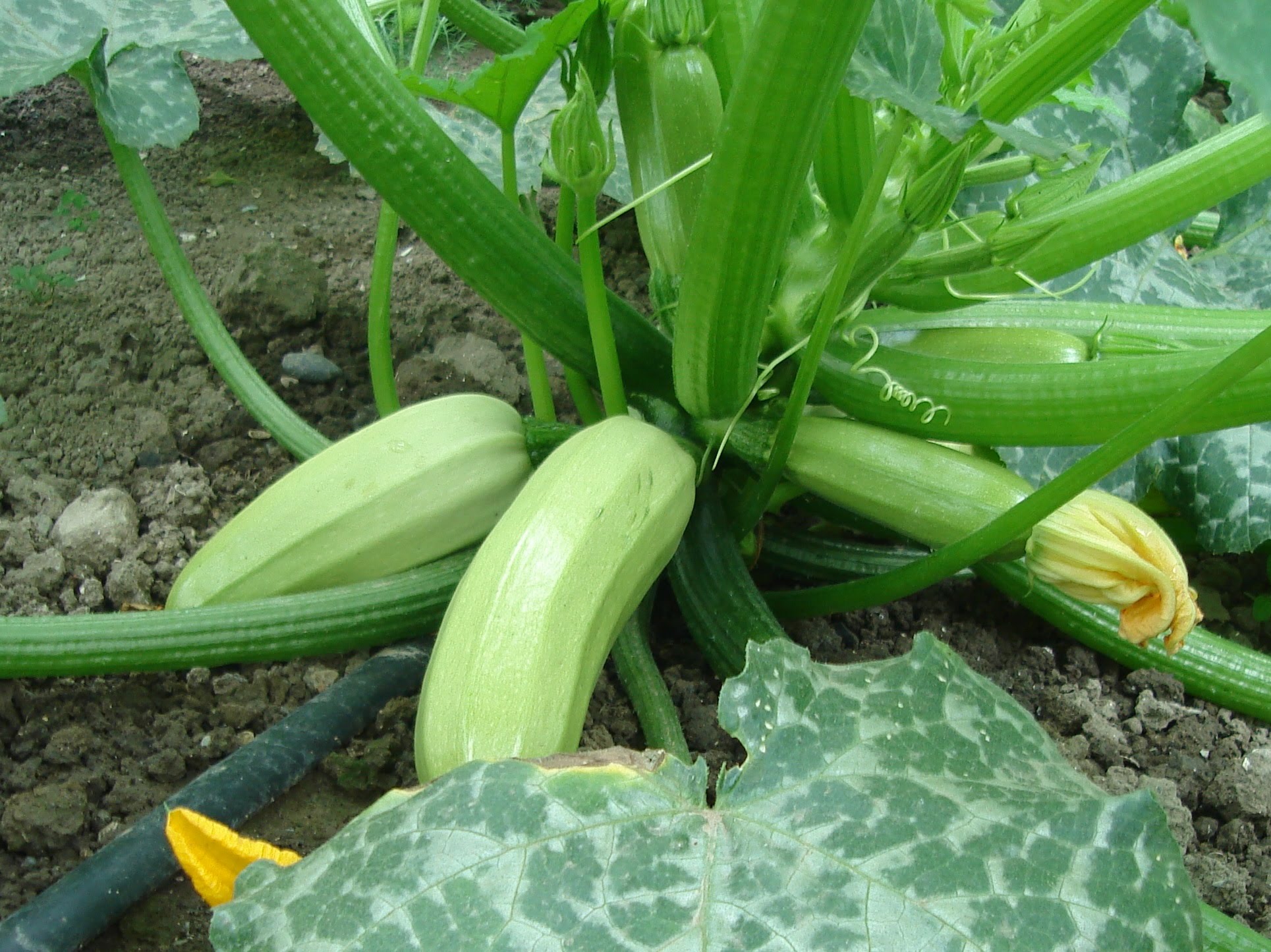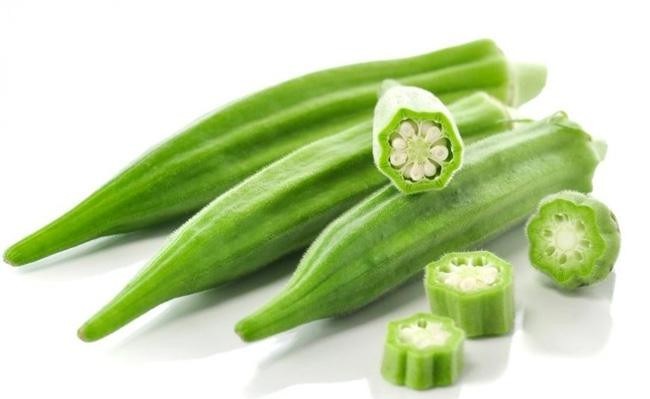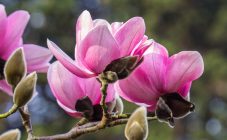Content:
This plant pleases with its juicy green color and vitality. Meadow bluegrass is a good choice when landscaping a lawn or planting grass on sports grounds. The variety of existing varieties allows you to choose the most suitable in each case.
Description of the plant
It is a perennial plant. This species belongs to the bluegrass or cereal family. It is called Poa pratensis in Latin. It is used not only for landscaping areas, but also as a fodder crop. This herb is widespread in Europe, America and Australia. There are annual, biennial and perennial bluegrass. There is also a forest variety - oak bluegrass. It grows well in fields, meadows and forest edges.
One of the important features is its rapid growth. The plant is very viable. Has a high resistance to trampling. Easily adapts to one or another climate. Grows well in various soils.
When mowing, it is recommended to leave about four centimeters of the stem. Each new mowing forces the plant to develop more intensively.
You don't need to think about what a bluegrass looks like. This plant is ubiquitous. Its stem and leaves are straight, from 30 to 90 cm high. The flower of this plant does not form.
The plant has a large measure of resistance, both to various diseases and to insect pests.
Varieties
There are several varieties of bluegrass.
Here is a list of them:
- A variety called Midnight (translated as "Midnight"). It is highly resistant to trampling. Little sensitive to the influence of various climatic features. It is used to equip football fields, as well as golf courses and other sports grounds.
- There is a variety called Boutique. In Russian it sounds like a Boutique. Its distinguishing feature is the ability to create a dense grass cover with a juicy color. It looks great as a lawn. It will blend well with other herbs if required.
- Blackberry is great for use on the football field. Its distinctive features are short stature, density and uniformity.
- The Balin variety is also used for equipping sports grounds. His color has medium saturation. Another important characteristic is that it can easily endure winter cold.
- Another bluegrass variety is Platini. Its main feature is good resistance to trampling. Therefore, it is excellent for planting football fields and golf courses.
- The Sobra bluegrass is known for its resistance to hot weather and drought. If you sow the lawn with this variety, it will have a uniform density.
- Panduro is very viable, has good resistance not only to trampling, but also to disease. He has a nice appearance.
- The Compact variety can be characterized as versatile. All his main indicators are above average.
- Connie grows very slowly, but allows you to grow beautiful grass on the lawn.
- The Dolphin bluegrass species is undersized. It is known for its good strength properties.
- Geronimo is a striking and impressive sight.Very resistant to wear and tear.
Where and how is it used
Bluegrass is used for landscaping lawns, which is facilitated by its beautiful appearance. The child can run on it without risking trampling it.
When planting grass on a football field, other sports fields, it demonstrates excellent resistance to trampling.
In the garden or in the garden, this herb is not used, since in fact it will be a weed here.
How to plant plant seeds
When you need to sow the lawn with grass, you need to choose the most suitable variety.
It is important to consider:
- the desired degree of brightness and color saturation of the future lawn;
- it is required to take into account the composition of the soil at the planting site;
- other criteria, depending on the tasks.
When buying seeds for planting in stores, they usually offer not individual varieties, but grass mixtures. They are characterized by indicating the percentage of the various grades of herbs that are included. In most cases, the percentage of meadow bluegrass in them does not exceed 50%.
However, in cases where there is an intention to create a beautiful and high-quality lawn, it is necessary to use not mixtures, but monocultures. It is recommended to use only the seeds of one type of grass for planting. Then, subsequently, the owner will be surrounded by beautiful lawns or grounds.
When choosing seeds, it is important to ensure that quality seeds are purchased.
To do this, it is advisable to adhere to certain rules:
- When buying, it makes sense to familiarize yourself with the seller's certificates for the seeds sold.
- It is important to familiarize yourself with their characteristics and make sure they have been adapted to the local growing conditions.
- You need to pay attention to the basic properties of the purchased seeds and make sure that they fit. Their list may indicate the requirements for the availability of groundwater, how shading is tolerated, and other requirements that must be met in order for growth to be of high quality.
- When choosing planting material, it is important for yourself to take into account where bluegrass grows according to plan, whether the lawn will perform purely decorative tasks, or will they walk on it. You need to choose a variety that best suits these requirements.
After the seeds have been selected, you do not need to buy them in full at once, but take a little and test for germination. If the check is successful, you can purchase them in the amount necessary for planting.
Germination testing is usually performed in one of the following ways:
- This option requires a small amount of sawdust. The seeds must be soaked in boiling water and placed between their two layers. It will take some time to place sawdust with seeds in a warm place and wait a while. Subsequently, it will be seen which seeds were viable and which were not.
- Another test option can be carried out using two wet wipes. After this, similar actions are placed in a place where the temperature will not drop below 23 degrees. Having determined the number of healthy seeds and those that did not sprout, it will be possible to see what the bluegrass is, which will grow from them.
- There is, albeit a simpler, but less reliable verification option. At the same time, you do not need to wait several days to get the result. You just need to fill the seeds with water and wait no more than ten minutes. Then low-quality seeds will emerge. These can be non-germinating or dummy seeds. For greater accuracy of the analysis, the water can be salted. At the same time, no more than 10 g of salt can be used for 250 ml.
Before sowing directly, you must first prepare the soil:
- It is recommended to dig the earth thoroughly.Collect and discard the weeds and roots found during this process. In some cases, it may turn out that the fertile soil layer is too thin. If its thickness is less than 15 cm, it is recommended to add sand.
- There may be irregularities in the landing area. The soil must be leveled. This is usually done with a rake or boots. It is undesirable for clods of earth to form in this area. They need to be crushed.
- The excavated soil needs to be compacted. This is done with a board or by using a special roller.
- After the preparatory procedures, it is necessary to loosen the surface layer, two centimeters thick, with a rake.
When sowing, it is usually customary to use 40 g of bluegrass seeds per square meter of territory.
It is important to ensure that no empty areas appear on the lawn. For this purpose, it is recommended to scatter some seeds at the edges to surround the lawn.
Although it is perfectly acceptable to scatter the seeds of the bluegrass plant by hand, there is a special planter for this. Sowing with it will require less labor and will be of better quality.
The planted seeds are initially required to be watered daily. This is especially important to do in the period before the first shoots appear. At first, walking on the sprouts is not allowed. The bluegrass has creeping roots. This helps it grow intensively.
Further watering should be done taking into account the weather. Periodically, you need to feed the grass.
In the spring, when it will be clearly visible how the bluegrass has sprung up, it is recommended to additionally sow seeds where necessary.
Features of the structure of the sod carpet
When bluegrass is planted, it is important to trim regularly. It will be most effective to do it two to four times a month. Since the grass, according to the description of the meadow bluegrass plant, propagates by means of a creeping rhizome, it is able to fill bald spots if they are still on the lawn. Such a lawn has the ability to quickly and efficiently recover.
The meadow bluegrass combines beauty and the ability to quickly recover when trampled. It adapts well to the weather, can grow quickly, and the planting and grooming procedure does not require excessive effort.
